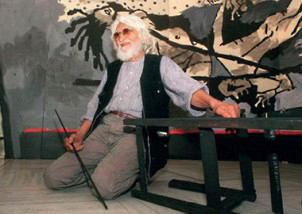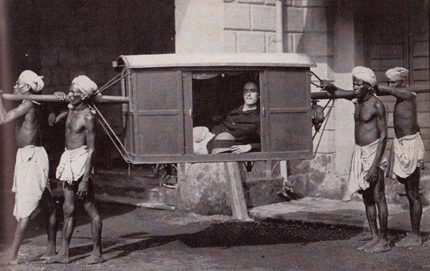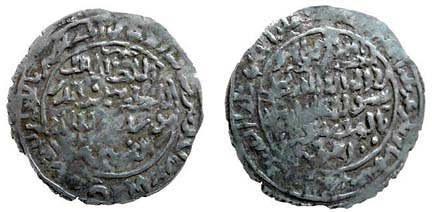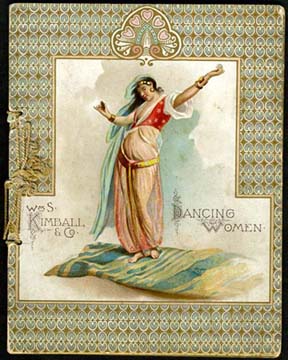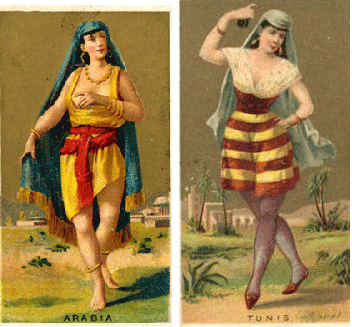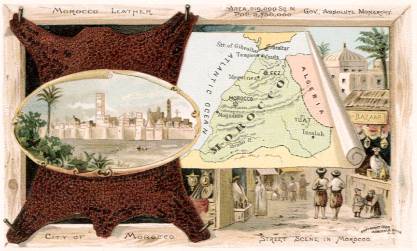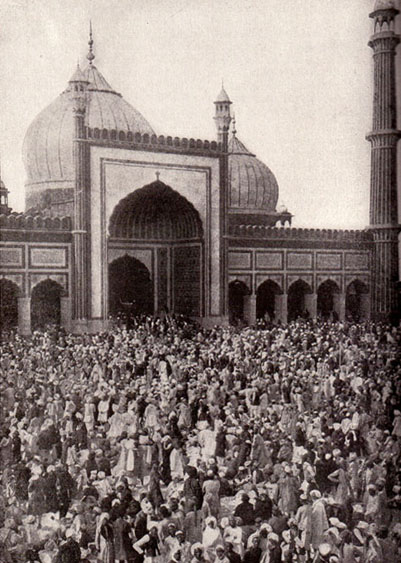
“The Jama Masjid at Delhi, India. This is India’s greatest mosque and is the second largest in the world. It was built by Shah Jehan in the first part of the seventeenth century and possessed a sacred relic, a hair from the beard of the prophet. The illustration shows a crowd in the court and which is 325 feet square, dispersing after meeting at prayers.”
Exactly 90 years ago a four-volume set of encyclopedia-like human interest books was published as The Human Interest Library: Visualized Knowledge by Midland Press in Chicago. In a previous post I commented on its thoroughly “Orientalist” flavor. The section on “The Ancient Empire of the Moguls” covers mainly the exotic cultural diversity of India. Few countries have been exoticized more than India, and this Cyclopedia is not exception:
How may be described this soul of India: It is something shy, timorous, wistful and appealing. It does not greet you with the rugged strength and boisterous self-confidence of Dover Cliff, or with the passionate sweetness of Italian hills, or with the sunburnt cheerfulness of France. It creeps towards you like a spaniel that fears to be scolded and hopes to be caressed. Continue reading Old World Travel 90 years on: #5 The Soul of India
